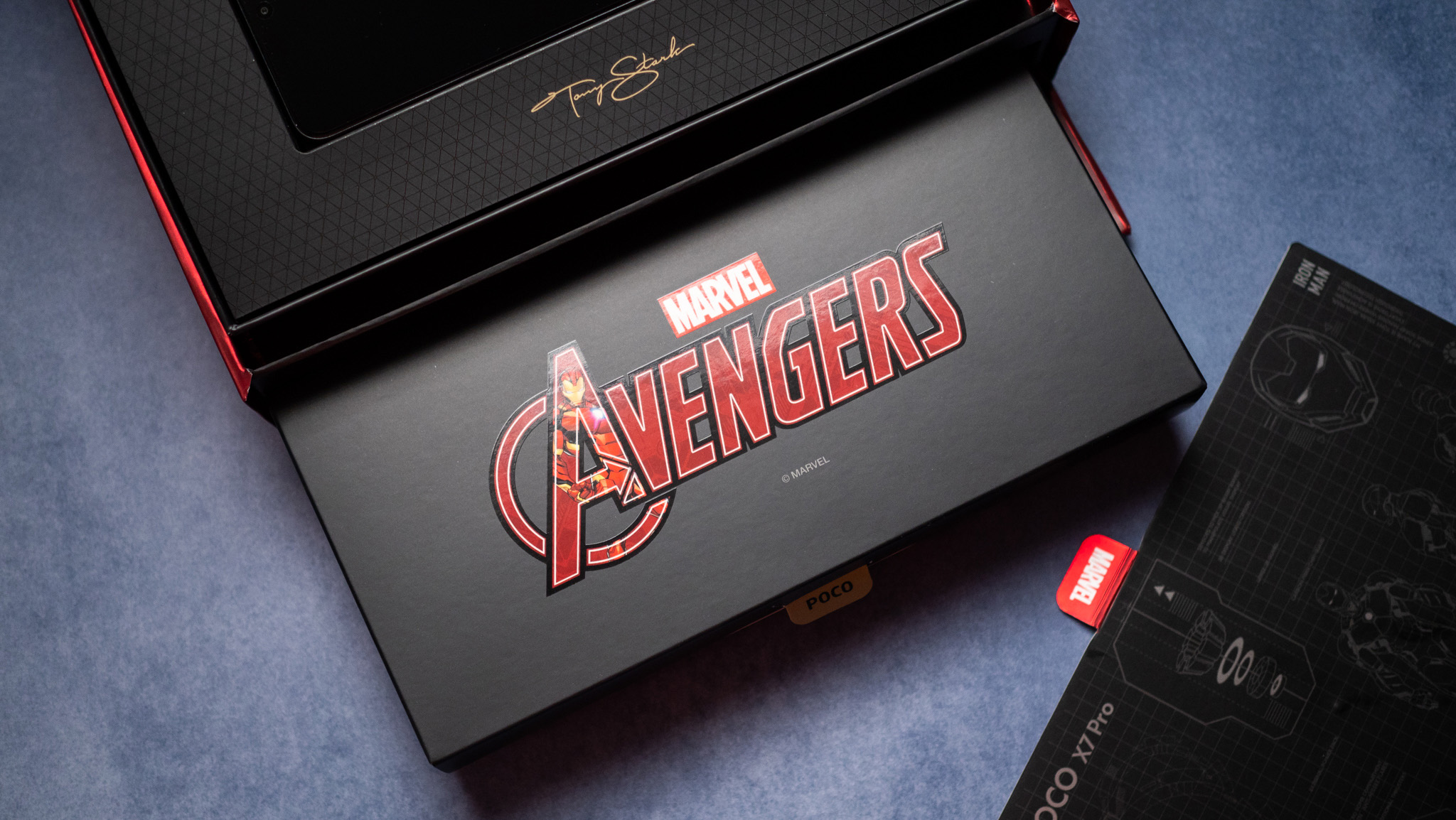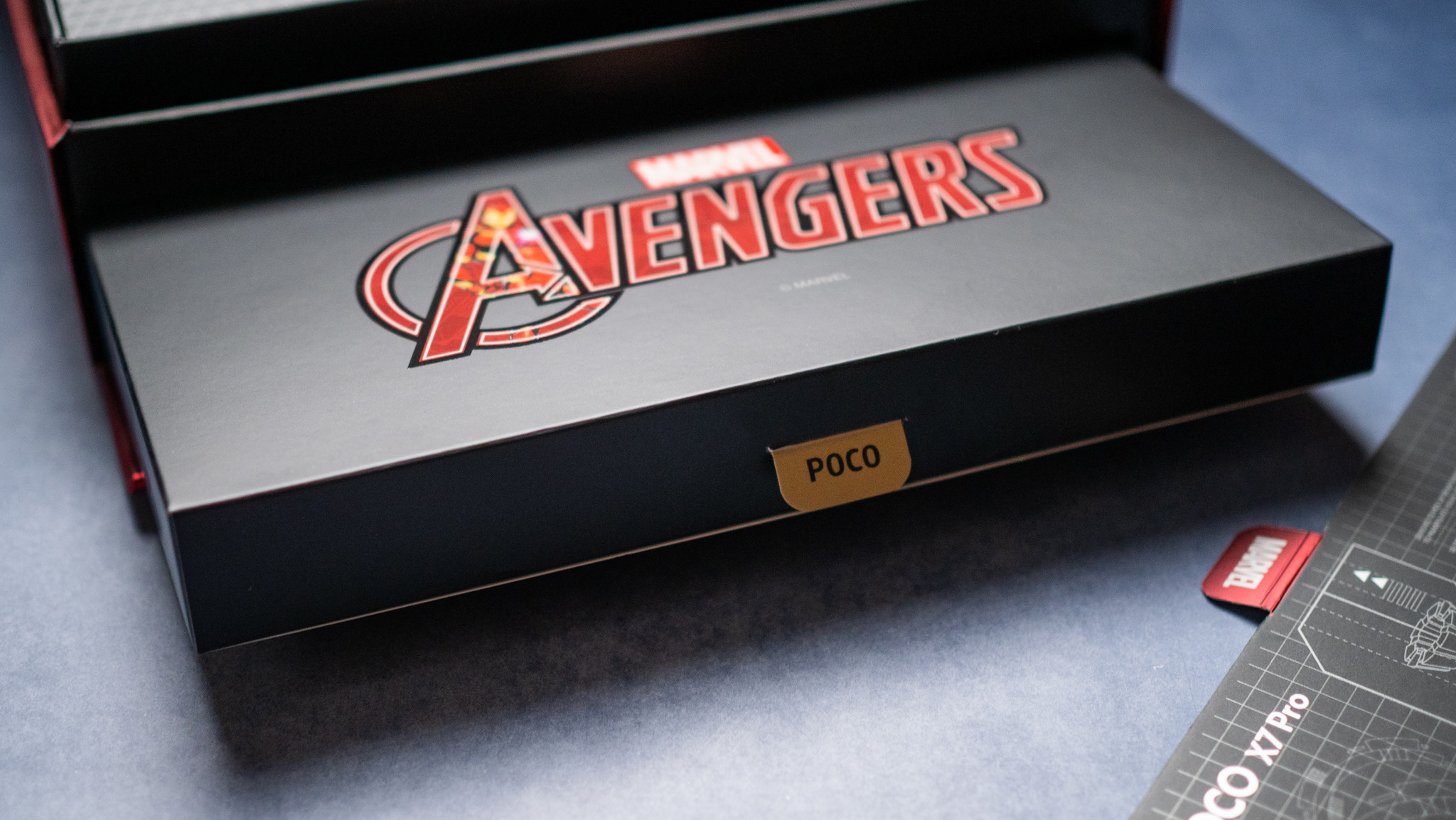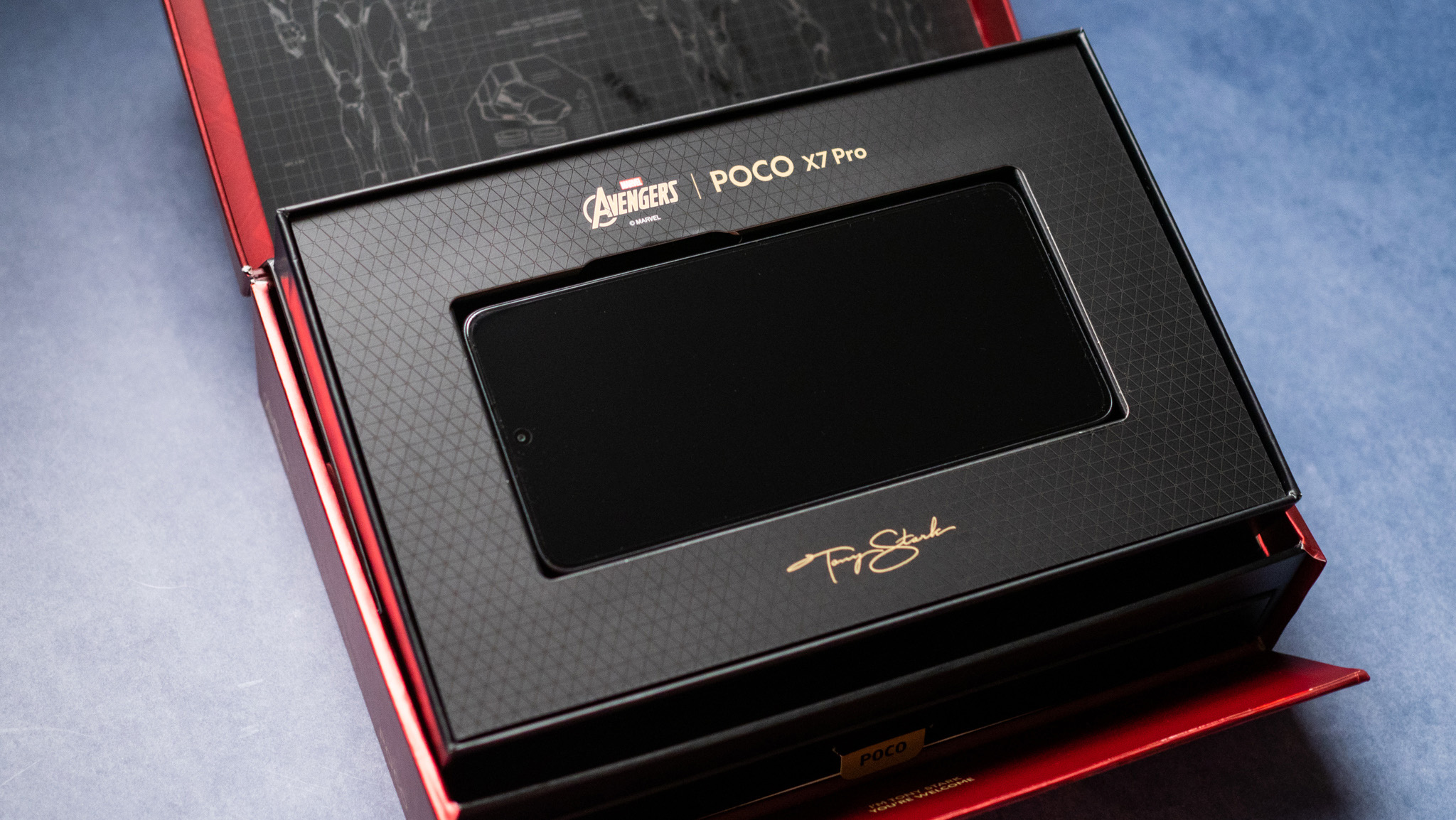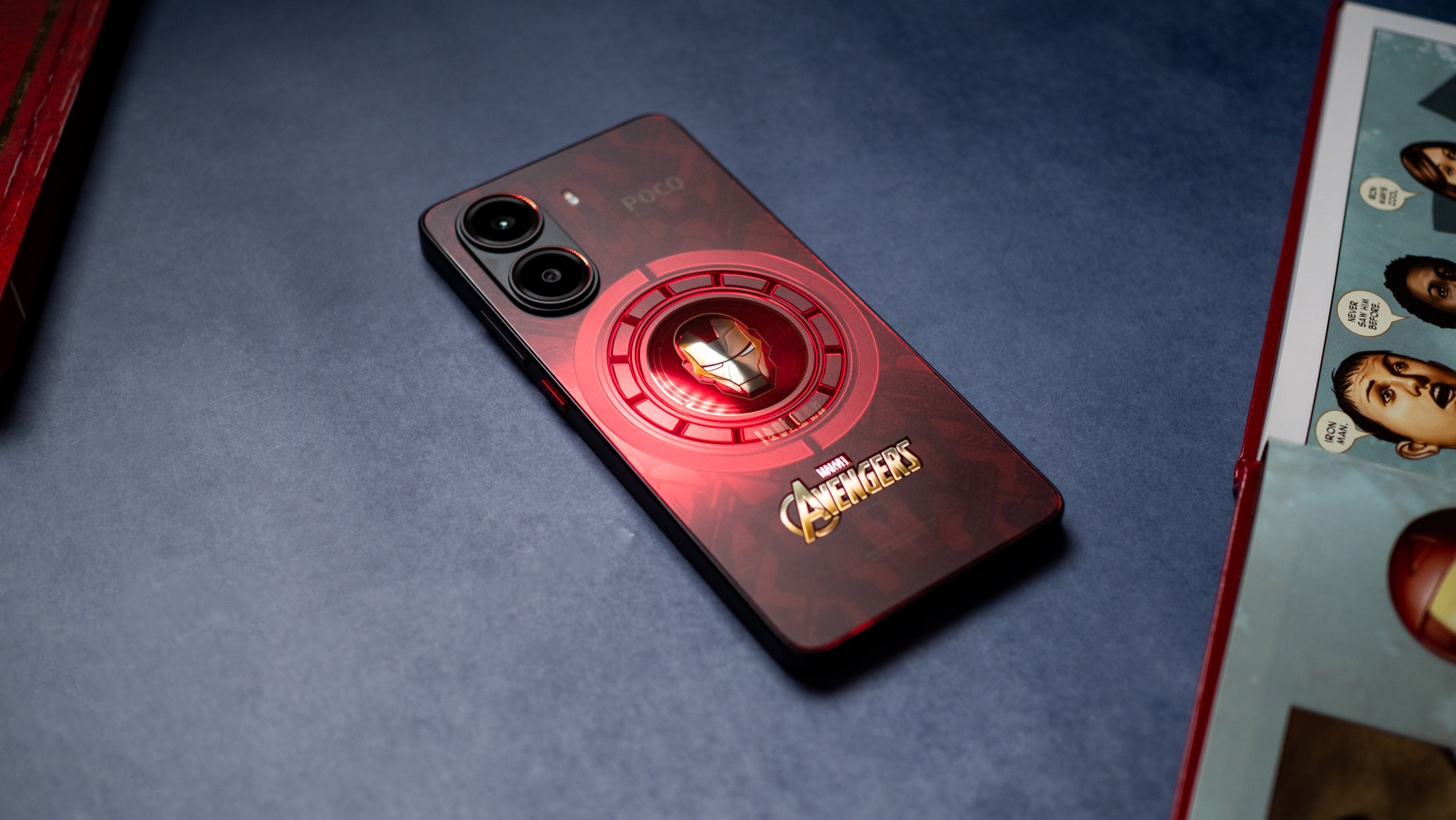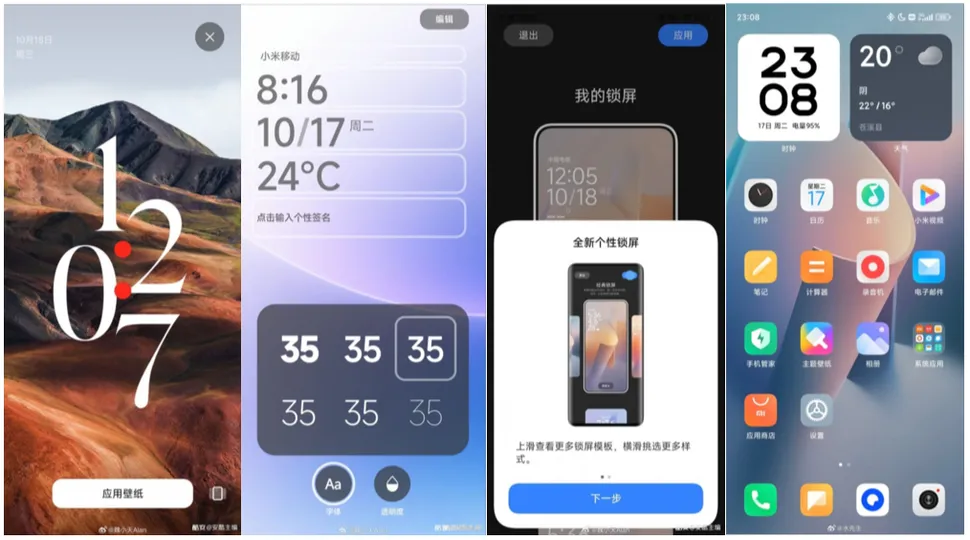With outstanding cameras and the hardware to match, the 15 Ultra is easily one of the best phones of 2025.

Verdict
Xiaomi is bringing sizeable upgrades to the 15 Ultra; there’s a new 200MP telephoto camera that takes amazing photos, a bigger 5410mAh battery that lasts over a day, and the latest hardware currently available. There’s still a 1-inch sensor at the back, and it continues to take breathtaking photos most of the time. Combine that with a brighter AMOLED panel and better software optimization, and the 15 Ultra is a delight to use. There are issues with overheating at times and the camera being inconsistent with HDR imagery, but on the whole, the 15 Ultra is without a doubt one of the best phones I used in 2025.
Pros
- +Outstanding main camera
- +200MP tele lens is magnificent
- +Vibrant AMOLED with good customizability
- +Great in-hand feel
- +Class-leading internals
- +Battery lasts over a day with ease
Cons
- -Overheating issues
- -Camera is inconsistent at times
- -Software is still buggy
- -No IP69 ingress protection
I like using Xiaomi’s Ultra models, and I called theXiaomi 14 Ultramy favorite phone of 2024. That may have been a bit premature considering I liked theFind X7 UltraandVivo X100 Ultraa bit better, but it doesn’t take away from the fact that the 14 Ultra continues to be a standout phone.
Xiaomi isn’t changing things too much with the 15 Ultra, which is a good thing. The phone retains a massive 1-inch main camera, and you get a new 200MP tele lens that’s outstanding (it uses the same Samsung HP9 imaging sensor as theVivo X200 Pro). There’s a bigger battery that lasts over a day, all the high-res audio codecs you need, and all the extras you’d want in a 2025 flagship.
I used the Xiaomi 15 Ultra for a month, and that’s a rarity in itself — I test most phones for a week or two before writing the review, so I was able to really get a feel for the device this time around. My key takeaway is that the phone has one of the best camera packages of 2025; it does a better job than its predecessor, and the introduction of the 200MP lens at the back means you get cleaner shots at 4x and much better portrait imagery.
That said, some of the issues that plagued the Xiaomi 14 Ultra are present on the 15 Ultra as well. As good as the cameras are on the phone, they can be inconsistent, particularly when shooting HDR images. Xiaomi addressed this to an extent by rolling out software updates on the 14 Ultra, and it will likely do the same with the 15 Ultra — I’ll share an update once that goes live.
Outside of that and the occasional overheating, I don’t have any problems with the Xiaomi 15 Ultra, and while I’m waiting to see what OPPO and Vivo do with their Ultra models, the phone sets a high bar for mobile imaging in 2025.
>>>BP51 Battery for Xiaomi 14 Ultra
Xiaomi 15 Ultra: Pricing and availability
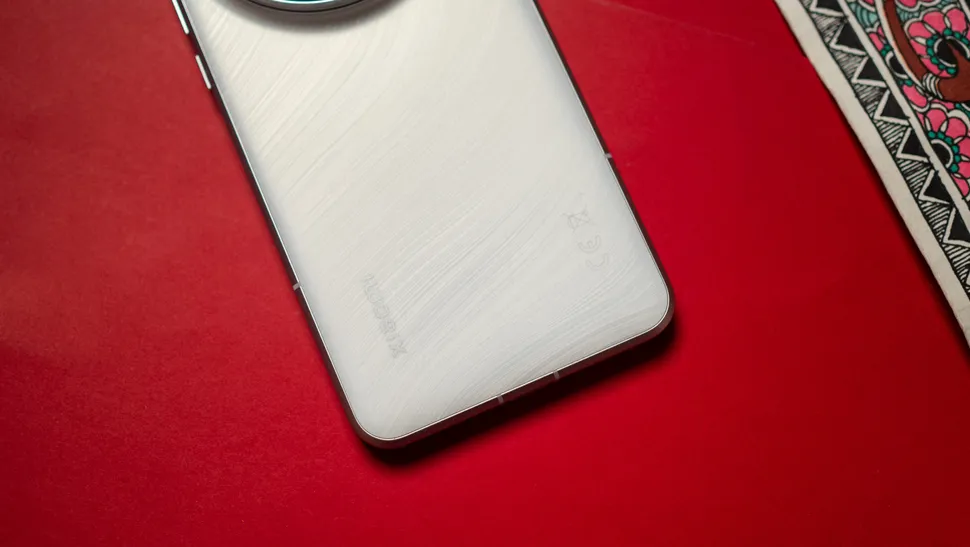
Xiaomi unveiled the Xiaomi 15 Ultra on February 27 in China, with a global launch at Mobile World Congress on March 2. The device will make its way to India, the U.K., and other global markets where Xiaomi has a presence. The Xiaomi 15 Ultra is sold in two storage sizes: 16GB/512GB and 16GB/1TB.
The 15 Ultra is going on sale globally for €1,499, and this is the configuration that comes with 16GB of RAM and 512GB of storage. Xiaomi also has the standard model going on sale, and that model will cost €999 globally.
>>>BP4R Battery for Xiaomi 14 Pro
| Category | Xiaomi 15 Ultra |
|---|---|
| Display | 6.73-inch 120Hz LTPO AMOLED (3200×1440), Dolby Vision, 3200 nits max, Xiaomi Shield Glass 2.0 |
| OS | HyperOS 2.0.2.0, Android 15 |
| Chipset | Qualcomm Snapdragon 8 Elite, 3nm |
| RAM | 16GB LPDDR5X |
| Storage | 512GB/1TB UFS 4.1 |
| Rear camera 1 | 50MP f/1.6, Sony LYT-900 1-inch module, OIS |
| Rear camera 2 | 200MP f/2.6 telephoto, Samsung HP9 1/1.4-inch module, 4.3x optical zoom, OIS |
| Rear camera 3 | 50MP f/1.8 telephoto, Samsung JN5 1/2.51-inch module, 3x optical zoom, OIS |
| Rear camera 4 | 50MP f/1.8 Sony IMX858, 1/2.51-inch module, 115-degree FoV |
| Front camera | 32MP f/2.0, autofocus |
| Ingress protection | IP68 dust and water resistance |
| Connectivity | Wi-Fi 7, Bluetooth 6.0, global 5G bands, NFC, dual-band GPS |
| Security | Ultrasonic in-screen sensor |
| Audio | USB-C, stereo sound, 24-bit/192kHz, Snapdragon Sound, AptX HD, AptX Adaptive |
| Battery | 5410mAh silicon battery, 90W HyperCharge charging, 80W wireless charging |
| Dimensions | 161.3 x 75.3 x 9.4mm, 226g |
| Colors | Black, White, Green, Chrome |
Xiaomi 15 Ultra: Design
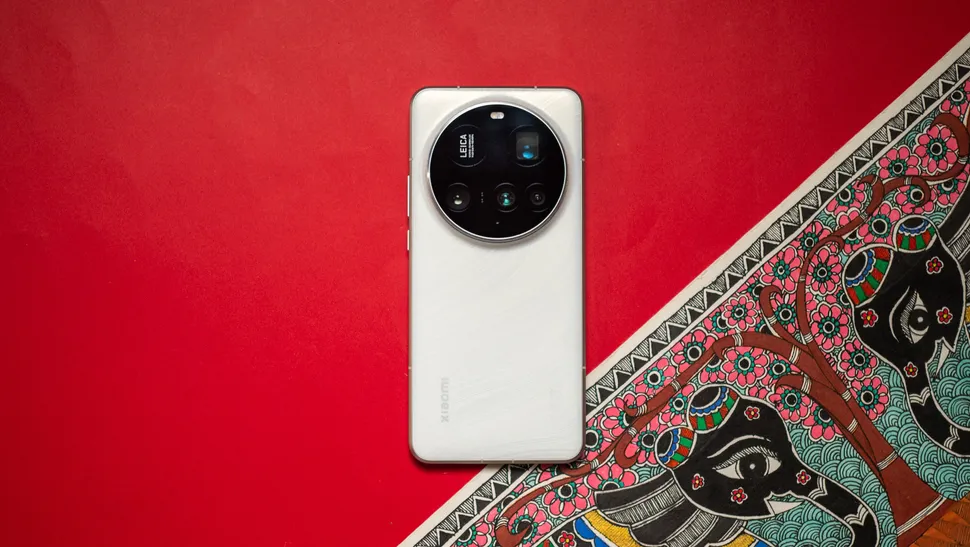
After years of constantly switching designs of its phones, Xiaomi finally has a semblance of a unified design language — at least on its Ultra models. The Xiaomi 15 Ultra looks nearly identical to its predecessor, and I how the aluminum mid-frame blends seamlessly into the glass back. You still get flat sides, but like last year, the beveled design where the mid-frame meets the back ensures the device isn’t uncomfortable to hold.

Coming in at 9.4mm, the 15 Ultra is noticeably thicker than most other 2025 phones — Vivo’s X200 Pro and the Find X8 Pro are just 8.2mm while featuring even bigger batteries. This was the case last year on the 14 Ultra as well, and if anything, I think the thicker profile makes holding the phone a little easier.

Also, the sides have a matte texture, and they don’t pick up any smudges. The beveled design along with rounded edges and matte coating combine to create a great in-hand feel, and even though it’s on the heavier end of the scale at 226g, Xiaomi nailed the weight distribution — the 15 Ultra doesn’t feel unwieldy in the least.
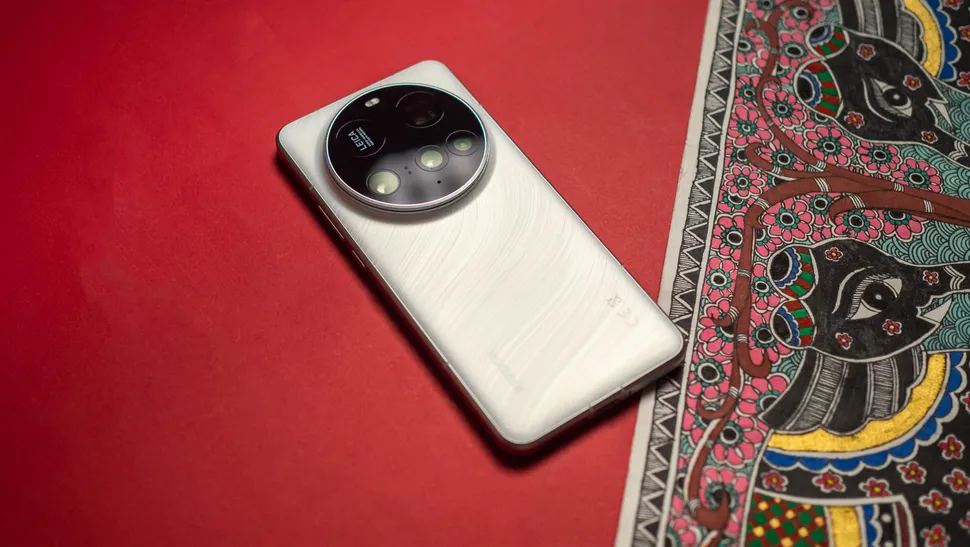
The design at the back is dominated by the massive camera island, and it looks a little cleaner than last year (which really isn’t saying much). The 200MP tele lens sits at the top next to the Leica branding, with the other three modules located below. There isn’t a gold accent encircling the island this time, with Xiaomi instead using the same material as the mid-frame. This makes the design of the camera island look cohesive, and even though it’s a sizeable unit (it takes up most of the width at the back), there’s no wobble when using the phone on a table.
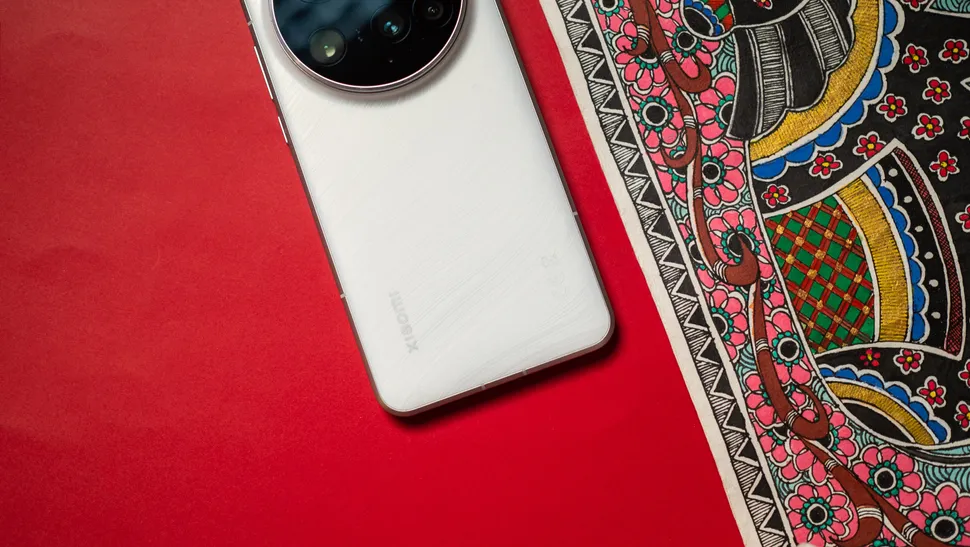
Xiaomi did a good job with the design this year, introducing a distinctive two-tone finish with the leather-backed models that make the 15 Ultra look like classic DSLR cameras. I got the white model with a glass back, and while it doesn’t have as much design flair, the color option has a swirling pattern underneath the glass that gives it a little elegance, and the texture makes it great to hold.

Alongside a better design, the 15 Ultra has much better durability. The phone uses Xiaomi’s custom glass solution, and it is effective against tumbles. Other than a week of travel where I put the phone in the bundled case (I didn’t want to push my luck), I used the 15 Ultra without a case, and it held up incredibly well to the rigors of daily use. In spite of a dozen tumbles in the month I used the phone — two from the dining table — it didn’t pick up any visible damage.
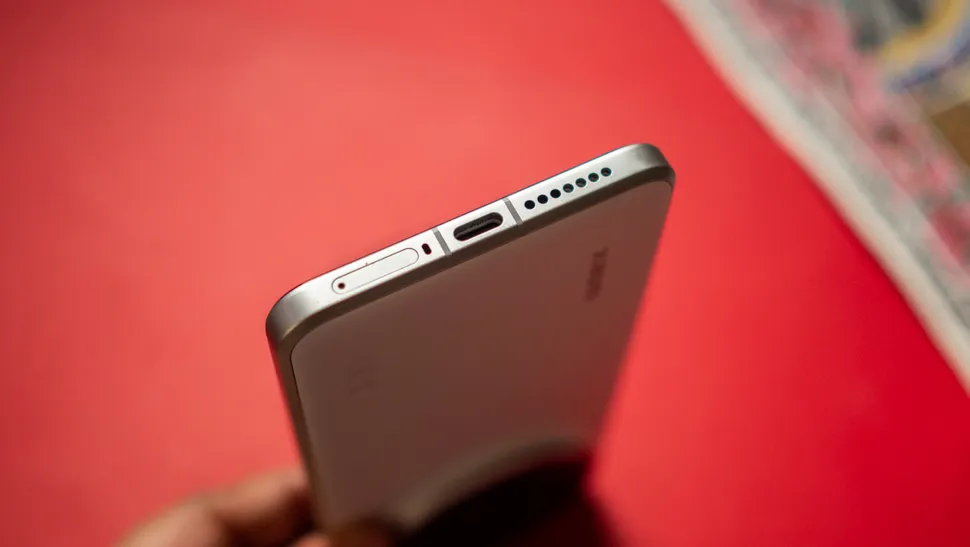
On the subject of resilience, the 15 Ultra has IP68 ingress protection, and you shouldn’t have any issues using the device in the bath or at the pool. While most 2025 phones have IP69 protection in addition to IP68, the 15 Ultra misses out in that area. Still, it isn’t an issue in regular use.
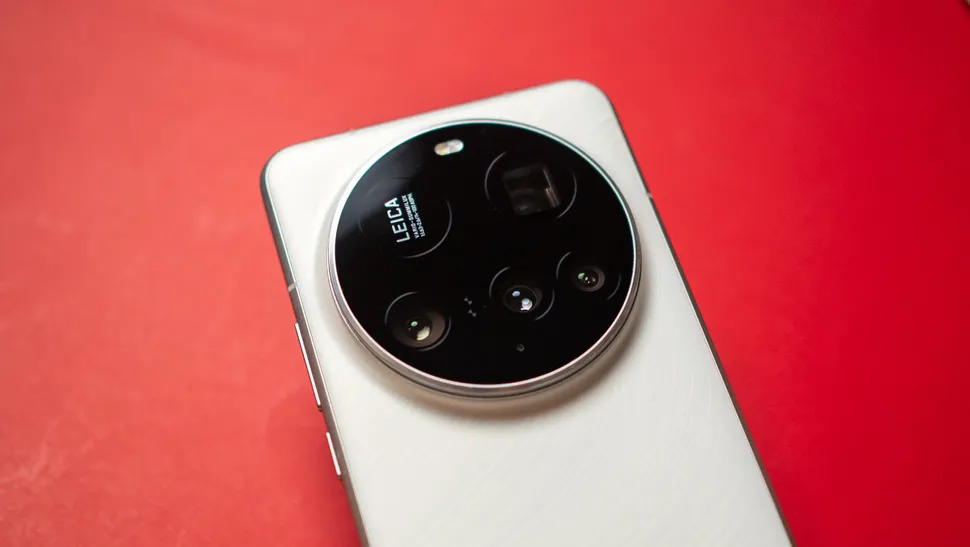
The power and volume buttons are located on the right, and the textured coating on the power button is intact this year. The positioning of the buttons is ideal, as is the fingerprint sensor — it’s located at just the right place to unlock the device even while using it one-handed. On that note, Xiaomi switched to an ultrasonic module this year, and while I’m generally not a fan of these sensors — they’re unreliable outside of Vivo and iQOO phones — I didn’t have any problems on the device. It is fast to authenticate and doesn’t have any issues even when you use the phone with wet fingers.
Overall, the 15 Ultra has one of the best-looking designs of the year, and while it is bulkier and heavier than its immediate rivals, Xiaomi did a great job with the in-hand feel, and it is comfortable to hold and use.
Xiaomi 15 Ultra: Display
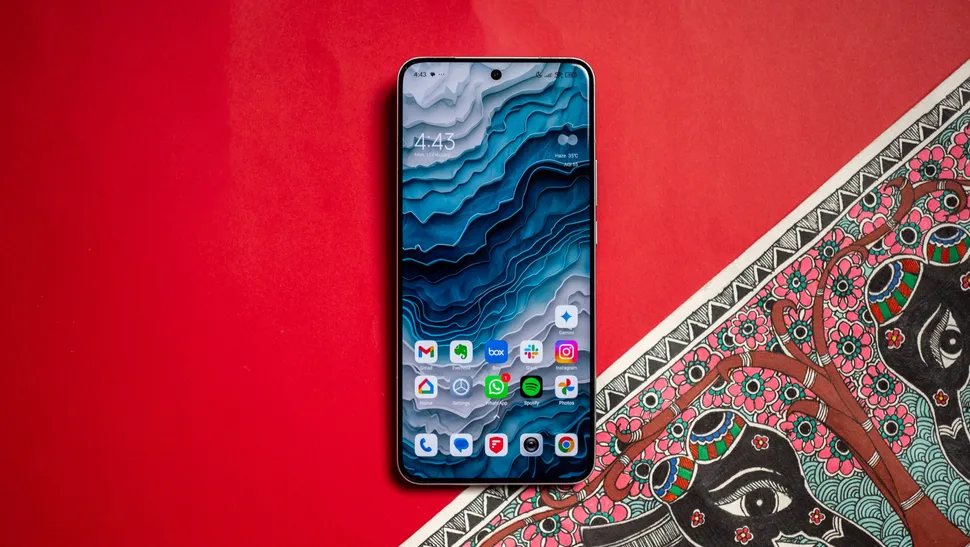
Xiaomi likes using 6.73-inch AMOLED panels on its Ultra devices, and that’s been the case starting with the 12S Ultra back in 2022. The 15 Ultra retains the same size, but the panel gets a little brighter than last year. It still has 120Hz refresh, and goes up to 3200 nits in HDR content, but it’s in outdoor use where the device excels — the AMOLED panel gets bright enough that even under harsh sunlight, there are no issues viewing the screen.
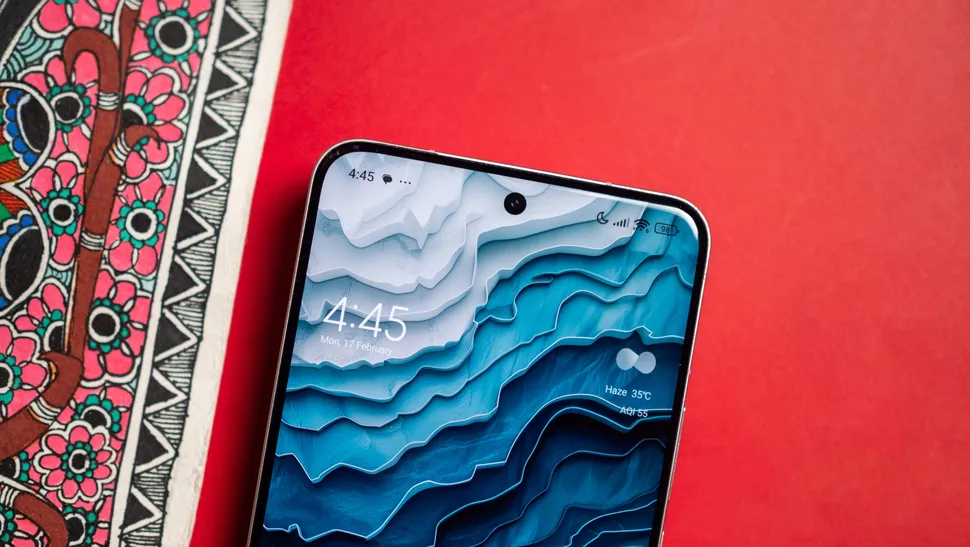
As always, Xiaomi did a great job calibrating the panel out of the box, and it has vibrant colors and excellent contrast. You have a good amount of customizability when it comes to adjusting the color balance — I used the original colour Pro mode — and you can have the balance change dynamically based on ambient light.
Just like its predecessor, the 15 Ultra handles HDR content really well, delivering saturated colors and good brightness levels. The built-in sound isn’t that loud this year — you don’t get an identical stereo channel at the top — but it is still decent enough for casual gaming and media playback in general.
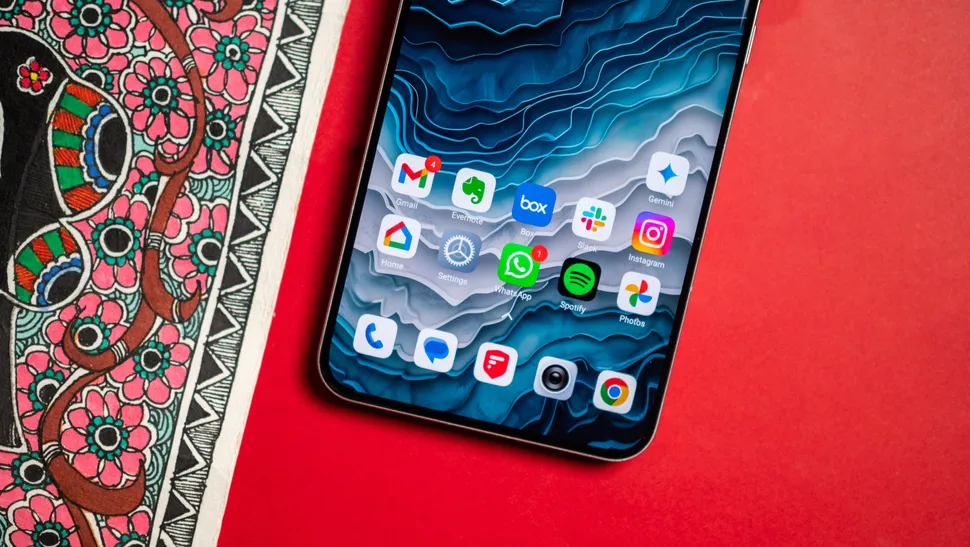
The phone has one of the best reading modes of any device; Xiaomi lets you set up custom colors or switch to a monochrome mode, and you can schedule it to kick in at a particular time or enable it automatically when you open an app. You get an always-on mode as well, and while Xiaomi’s always-on styles aren’t quite as extensive as what you get in ColorOS, you get a good selection nonetheless.
The 15 Ultra uses Xiaomi’s custom Shield Glass 2.0 solution, and it is effective at safeguarding the panel against tumbles and scratches. I don’t see any visible scratches on the panel after a month of use, and it weathered a dozen tumbles with ease.
Xiaomi 15 Ultra: Hardware
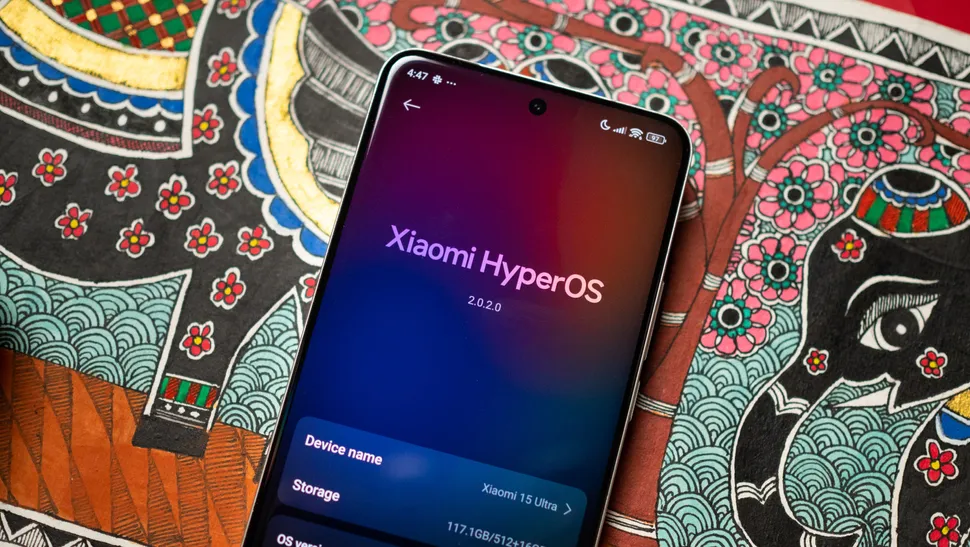
Xiaomi is no stranger to delivering a great hardware package, and you get Qualcomm’s latest silicon under the hood along with 16GB of RAM and either 512GB or 1TB of the latest UFS 4.1 storage. I’m using the 16GB/512GB model, and I didn’t run into any issues in daily use; there’s no lag whatsoever, and Xiaomi did a good job optimizing the software.
The 15 Ultra has much better fluidity than its predecessor, and it makes using the device fun. It handles gaming with relative ease as well, and I got reliable framerates in demanding titles without any noticeable jitter or lag. While Xiaomi is using a bigger vapor chamber this year, overheating continues to be a problem on the 15 Ultra; the device gets hotter than the X200 Pro, and it has the same issues as the Qualcomm-powered Magic 7 Pro.
| Category | Xiaomi 15 Ultra | Honor Magic 7 Pro | Vivo X200 Pro |
|---|---|---|---|
| Geekbench 6 (single-core) | 2963 | 2965 | 2381 |
| Geekbench 6 (multi-core) | 8989 | 6342 | 7175 |
| PCMark Work 3.0 (Overall) | 18531 | 21008 | 15731 |
| PCMark Work 3.0 (Web Browsing) | 20117 | 24889 | 13716 |
| PCMark Work 3.0 (Video Editing) | 8189 | 8072 | 5823 |
| PCMark Work 3.0 (Writing) | 20898 | 27504 | 24744 |
| PCMark Work 3.0 (Photo Editing) | 35083 | 40642 | 13582 |
| 3DMark Wild Life Extreme (score) | 5834 | 6391 | 6070 |
| 3DMark Wild Life Extreme (FPS) | 34.93 | 38.27 | 36.35 |
| 3DMark Solar Bay (score) | 10006 | 11298 | 11021 |
| 3DMark Solar Bay (FPS) | 38.05 | 42.96 | 41.91 |
| Geekbench AI (Quantized Score) | 3587 | 2115 | 2436 |
In fact, the phone got so hot that I wasn’t able to run 3DMark’s Steel Nomad stress test; the synthetic workload was abandoned at the halfway point, with a message saying the device overheated. This was an issue on last year’s 14 Ultra as well, and it’s clear that Xiaomi needs to tweak its thermal management. While overheating is a problem in demanding titles, the device didn’t exit a game mid-way — that was only during a 3DMark run — and there isn’t excessive throttling.
The rest of the hardware is outstanding; I didn’t see any issues with cellular or network connectivity, and calls went through without any problems. The phone gets LHDC in addition to Qualcomm’s AptX Adaptive and AptX HD codecs, and it even has Bluetooth 6.0.
The vibration motor is among the best around, and it delivers granular feedback while using the keyboard or navigating the interface. Qualcomm-based phones in general tend to run hotter than the Dimensity 9400-powered Find X8 Pro and Vivo X200 Pro, and that’s true of the 15 Ultra as well; that said, it still does a fantastic job at gaming.
Xiaomi 15 Ultra: Battery life
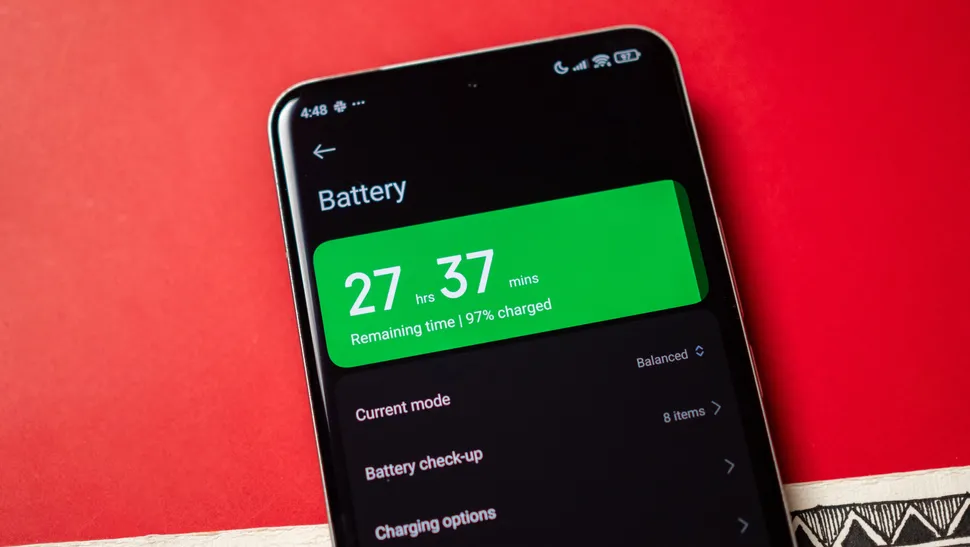
Xiaomi boosted the battery on the 15 Ultra, with the device now featuring a 5410mAh unit. As a result, it lasts considerably longer than its predecessor, and I didn’t have to worry about battery anxiety even while traveling. It isn’t as good as the X200 Pro in this regard — I’m beginning to think that no device can measure up to Vivo’s offering in 2025 — but it does a great job in its own right, and I only had to charge the device every day and a half on average.
Like its Chinese rivals, the 15 Ultra uses asilicon-carbide batteryto great effect, and you get better density and longevity. Xiaomi didn’t change the charging tech, so the phone has the same 90W fast charging over USB PD as last year, and it even goes up to 80W wirelessly, but I wasn’t able to test this particular mode as Xiaomi still doesn’t sell the requisite charger outside China.
You get the usual safeguards, including optimized charging and an 80% charging limit, and it takes just over 50 minutes to charge the unit from flat. Even with heavy use involving several house of navigation and gaming, the phone lasted a day without breaking a sweat, and while it may not be the longest-lasting phone I used in 2025, it comes close.
Xiaomi 15 Ultra: Cameras

Xiaomi continues to deliver an outstanding camera package with the 15 Ultra, and at the heart of the imaging system is the 1-inch Sony LYT-900 module. It isn’t a variable lens this time and is locked to f/1.63, and it retains OIS. The sensor is similar to what Xiaomi used to great effect last year, and honestly, I’m glad the brand didn’t change anything in this area.
A key differentiator this year is the debut of the 200MP Samsung HP9 module that handles telephoto duties up to 4.3x and beyond, and it is without a doubt the best sensor in this category — Vivo’s X200 Pro has the same lens. It’s joined by a 50MP Sony IMX858 tele lens, and a 50MP Samsung JN5 wide-angle module. Both tele shooters get OIS as standard, and up front there’s a 32MP camera with autofocus.
The camera interface is unchanged, so I’m not going to talk about it too much. Like last year, you get the ability to shoot 4K60 via all the rear cameras, and the ability to do so from 0.6x to 4.3x is pretty great. You even get 4K120 with the main camera and 200MP lens, and it is a unique advantage that you don’t get with any other phone.
Xiaomi is once again leveraging Leica optics and tuning, and you get two shooting profiles: Leica Authentic and Vibrant. The Authentic mode has a slight vignette and renders accurate details, but I like the tonal balance of the Vibrant mode, so that’s what I used.
















As you can imagine, the 15 Ultra takes amazing photos in daylight situations. There’s good color balance and dynamic range, and there are no issues with foliage rendition or white balance. Colors aren’t too saturated either, but you get a good vibrancy that makes the image stand out when sharing on social media.
















The wide-angle lens does a great job, and it manages to take detailed shots even in low-light situations. You get a similar color balance as the main camera, and I didn’t have any issues taking wide-angle shots.
A big part of what makes the 15 Ultra great is its ability to take wonderful telephoto shots. The inclusion of two lenses means you get a 3x mode at 70mm focal length and 4.3x at 100mm focal length, with the phone relying on in-sensor zoom via the main camera to deliver 2x shots. Shots at 3x and 4.3x have excellent rendition and detail, and the device manages to take the same caliber of photos in low-light situations as well.
Another bonus is that you get good versatility when it comes to portrait imagery. This is where the Vivo X200 Pro comes into its own, and while the 15 Ultra takes detailed shots, there are issues. I noticed instances where it struggled with background segmentation and dialing in on the subject.









There are inconsistencies with HDR, with noticeable blooming at times. These problems should be straightforward to address with software updates, and I’ll revisit this section in a month to see if the issues are sorted out. Clearly, the hardware is among the best of any phone available today, and Xiaomi just needs to dial in the tuning a little bit to make the device reach its potential.
Don’t get me wrong; the 15 Ultra delivers terrific photos in just about any scenario — it’s just that having used the X100 Ultra and the X200 Pro, I know what the underlying hardware is able to achieve. But even as things stand, the 15 Ultra does enough to measure up against the X200 Pro, and it easily outshines the Galaxy S25 Ultra andPixel 9 Pro XL.
Xiaomi 15 Ultra: Software

The Xiaomi 15 Ultra comes with the latest iteration of the brand’s software, and it is based onAndroid 15. While there isn’t any visual difference, the UI has much better optimization, and this is immediately evident when using the phone.
As is the case with every new Xiaomi phone, the software has its share of quirks. I got notification alerts even after enabling DND, so I had to manually decrease notification volume to not get constantly distracted by the device. Push notifications haven’t been an issue (thankfully), but Xiaomi still doesn’t do a good job with floating notifications, and I had to routinely pull down the shade to see incoming one-time codes and messages.
Like all other phone brands, Xiaomi is baking AI features into its software, and that includes the usual image editing tools like object eraser and the ability to remove reflections in photos. Both features are decent in their own right, but I still think ColorOS has the edge in this regard. The only AI-backed utility that I like is the built-in transcribing feature in the Recorder. It did a good job transcribing audio on the fly, and I intend to use it extensively at MWC.
Other than that, there isn’t much else to talk about with the software. Xiaomi is clearly in need of an overhaul, and while you get a decent amount of customizability, the UI as a whole doesn’t look as clean as ColorOS or even Funtouch OS.
When it comes to updates, the 15 Ultra will get four guaranteed Android OS updates alongside five years of security updates, and that’s in line with what Xiaomi delivers on all of its high-end phones. Xiaomi at at the bottom of the list when it comes to rolling out platform updates, and that’s something the brand needs to address.
Xiaomi 15 Ultra: The alternatives

I still think Vivo is doing a better job when it comes to tuning the cameras on its devices, and while theX200 Prodoesn’t have a 1-inch sensor, it manages to take fantastic photos and videos. It has the same 200MP tele lens, and I got outstanding portrait shots with the device — so much so that I used it instead of my mirrorless. I’m interesting in seeing what Vivo is able to deliver this year with the X200 Ultra, but outside of that device, I don’t think there’s anything else that has the ability to go up against the Xiaomi 15 Ultra’s camera might.
TheFind X8 Prois a good alternative to consider, and unlike the X200 Pro, it is available in the U.K. and other western markets. It has a clean design, a vibrant AMOLED, great battery life, and the quartet of 50MP cameras at the back takes excellent photos and videos.
In a similar vein, Honor’sMagic 7 Procombines great cameras with high-end internals. Honor leads the industry with its eye-comfort tech, and while the cameras on the device aren’t quite as good as the Xiaomi 15 Ultra, they have clear advantages when shooting photos of moving objects and AI-assisted rendering.
Xiaomi 15 Ultra: Should you buy it?

You should buy this if:
- You want the latest internals and good gaming potential
- You need one of the best camera packages around
- You want reliable battery life and fast charging
- You need a phone with a standout design
You shouldn’t buy this if:
- You want timely software updates and a clean UI
- You want a phone that doesn’t heat up too much
The 15 Ultra solidifies Xiaomi’s position in the flagship category. The phone doesn’t differ too much to its predecessor, but you get a brighter AMOLED panel, better-looking design that’s easier to hold and use, and a bigger battery that lasts a day and a half.
The phone includes a year’s worth of tuning upgrades on the camera side of things, and the difference is evident. The introduction of a 200MP tele lens gives it a distinct advantage, and it takes much better portrait shots than last year’s model. Image quality is inconsistent at times, and this was an issue on the 14 Ultra as well — that’s one of the reasons why I prefer Vivo’s tuning these days. Having said that, the 15 Ultra has one of the strongest camera packages, and it takes outstanding photos and videos most of the time.
Like previous years, Xiaomi’s software is the only real limitation on the device; the brand needs to do a better job cleaning up the interface, and deliver new features. Xiaomi has shown that it can optimize its phones just as well as its Chinese rivals, and it now needs to prove that it can do the same with a visual redesign.
Overall though, the 15 Ultra has been a delight to use. I could have written this review after using the device for just a week, and in spite of its software foibles, I enjoyed using the 15 Ultra so much that I stuck with it throughout the month. The only other phone that impressed me as much this year was the X200 Pro, and just like Vivo’s flagship, Xiaomi did a standout job with the 15 Ultra, and it is among my favorite phones of 2025.





